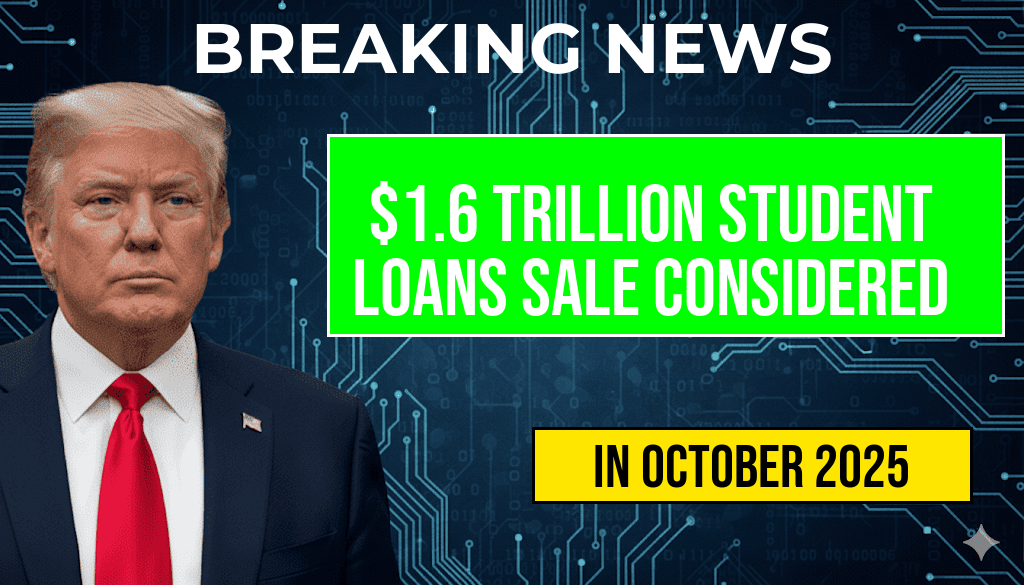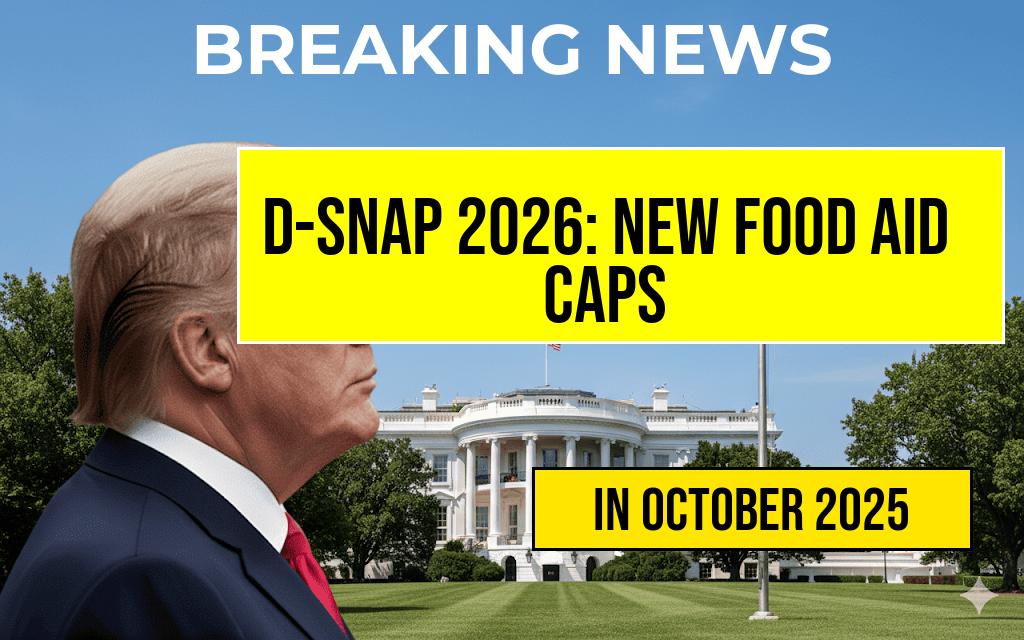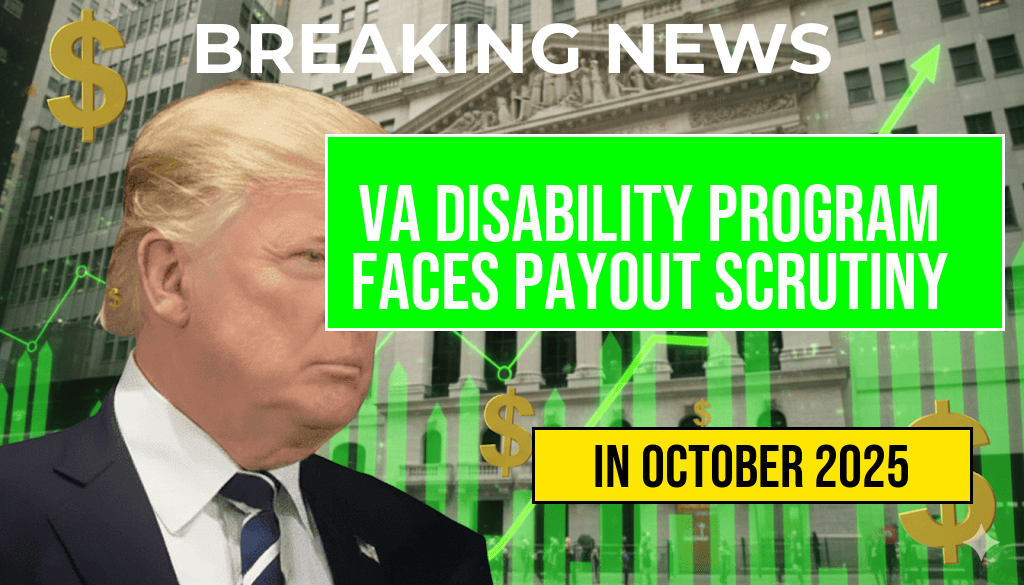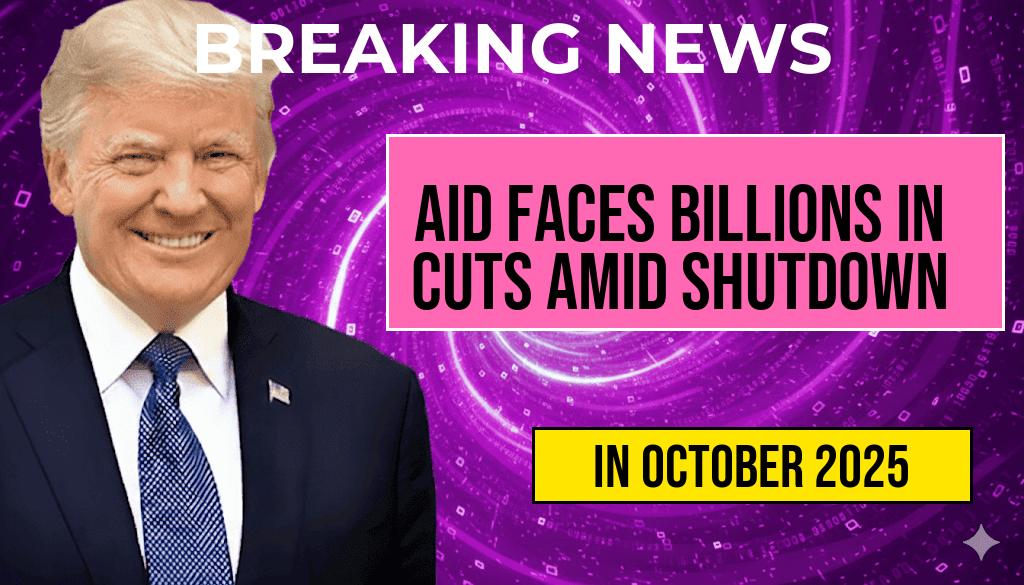In a significant move that could reshape the landscape of higher education financing, federal authorities are contemplating the sale of a staggering $1.6 trillion portfolio of student loans. This portfolio, which includes both federal and private loans, has been under scrutiny as the U.S. government seeks to address the growing concerns over student debt and its implications for borrowers and the economy. The potential sale comes amid ongoing discussions about reforming the student loan system and providing relief to millions of Americans burdened by educational debt.
Understanding the Student Loans Portfolio
The student loans portfolio in question comprises a mix of loans issued to millions of borrowers across the United States. Most of these loans are federal, backed by the Department of Education, while a smaller portion includes private loans. As the nation grapples with a student debt crisis, which has surpassed $1.7 trillion, the potential sale raises numerous questions about the future of student loans, borrower protections, and the overall impact on higher education.
The Rationale Behind the Sale
- Debt Management: The sale could be viewed as a strategy to manage the increasing burden of federal student loans on the government’s balance sheet.
- Market Dynamics: Selling the portfolio might attract private investors who could potentially restructure the loans to make them more manageable for borrowers.
- Policy Reform: This move may align with broader policy reforms aimed at providing immediate relief to struggling borrowers.
Implications for Borrowers
The potential sale of the student loans portfolio could have far-reaching implications for borrowers. While some experts believe that private investors might offer more flexible repayment options, others express concern over the lack of borrower protections that federal loans currently provide.
Potential Changes in Loan Servicing
If the sale proceeds, borrowers may experience changes in loan servicing, including:
- New repayment plans that could differ from federal standards
- Variability in interest rates based on market conditions
- Altered communication and support channels for borrowers navigating their debt
Economic Considerations
The economic implications of selling such a vast portfolio cannot be understated. With student debt impacting consumer spending and home ownership rates, the government’s decision could either alleviate or exacerbate existing economic challenges. Analysts are concerned that transitioning these loans to private investors could lead to increased costs for borrowers, further straining the economy.
The Political Landscape
The proposal has sparked a vigorous debate among policymakers and advocacy groups. Some lawmakers argue that selling the loans could provide immediate relief by offloading the debt from the federal balance sheet, while others warn that it could lead to a privatized loan system that prioritizes profit over borrower welfare.
What’s Next?
As federal authorities weigh their options, stakeholders across the spectrum—including borrowers, educational institutions, and financial experts—are closely monitoring the situation. The outcome of these deliberations could set a precedent for how student loans are managed in the future.
Key Takeaways
- The portfolio sale is under consideration as part of broader efforts to reform the student loan system.
- Potential impacts on borrowers include changes in loan terms and servicing.
- The decision could have significant economic ramifications, influencing consumer behavior and the housing market.
For further information on the current state of student loans and their economic impact, you can visit Forbes and Wikipedia.
Frequently Asked Questions
What is the total amount of student loans being considered for sale?
The total amount of student loans under consideration for sale by federal authorities is $1.6 trillion.
Why are federal authorities considering selling the student loans portfolio?
Federal authorities are considering the sale of the student loans portfolio to address issues related to managing the growing debt and to potentially alleviate financial burdens on borrowers.
Who would be interested in purchasing the student loans?
Potential buyers of the student loans portfolio may include private investment firms, banks, or other financial institutions looking to profit from the repayments.
What impact could the sale of student loans have on borrowers?
The sale of student loans could lead to changes in repayment terms, interest rates, or servicing practices, which may affect how borrowers manage their loans.
When could the sale of the student loans portfolio take place?
The timeline for the potential sale of the $1.6 trillion student loans portfolio has not been officially announced, as it is still under consideration by federal authorities.





